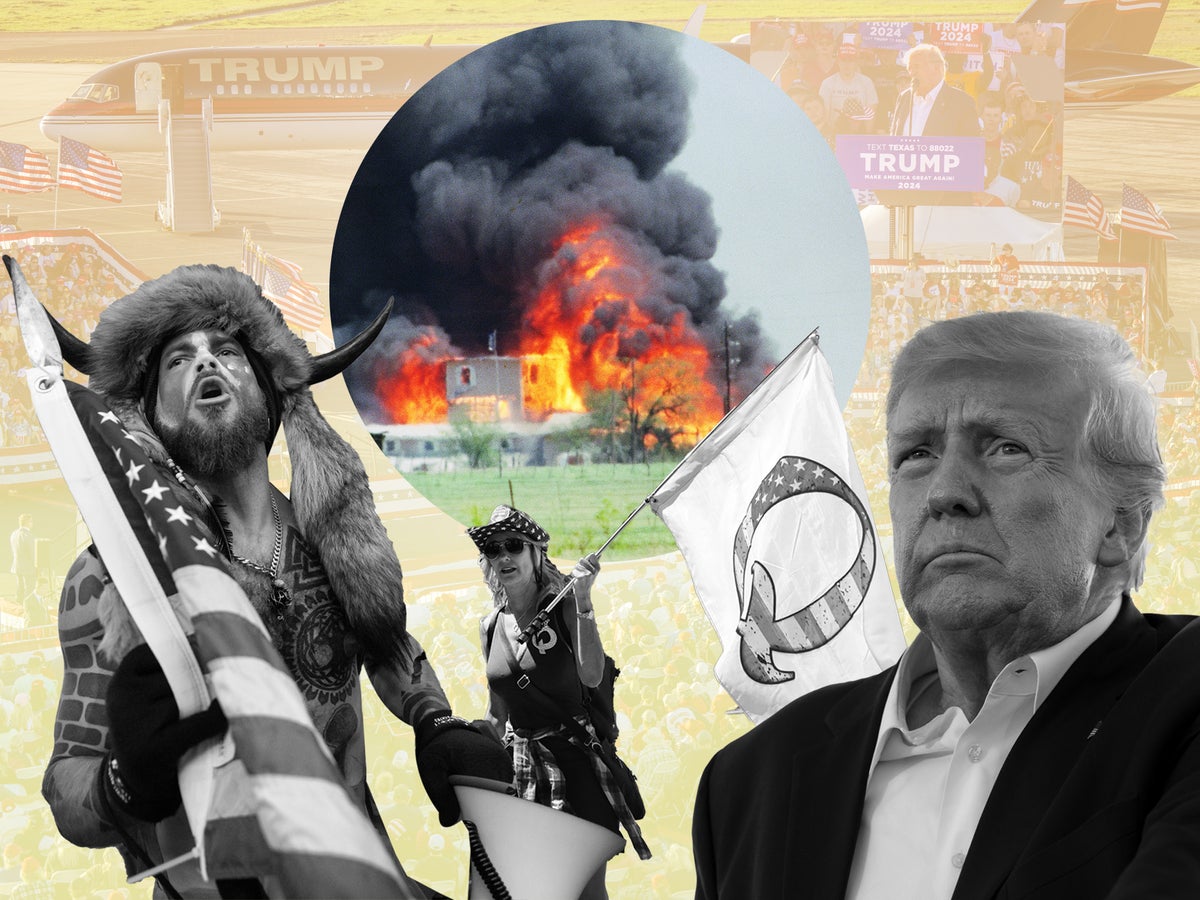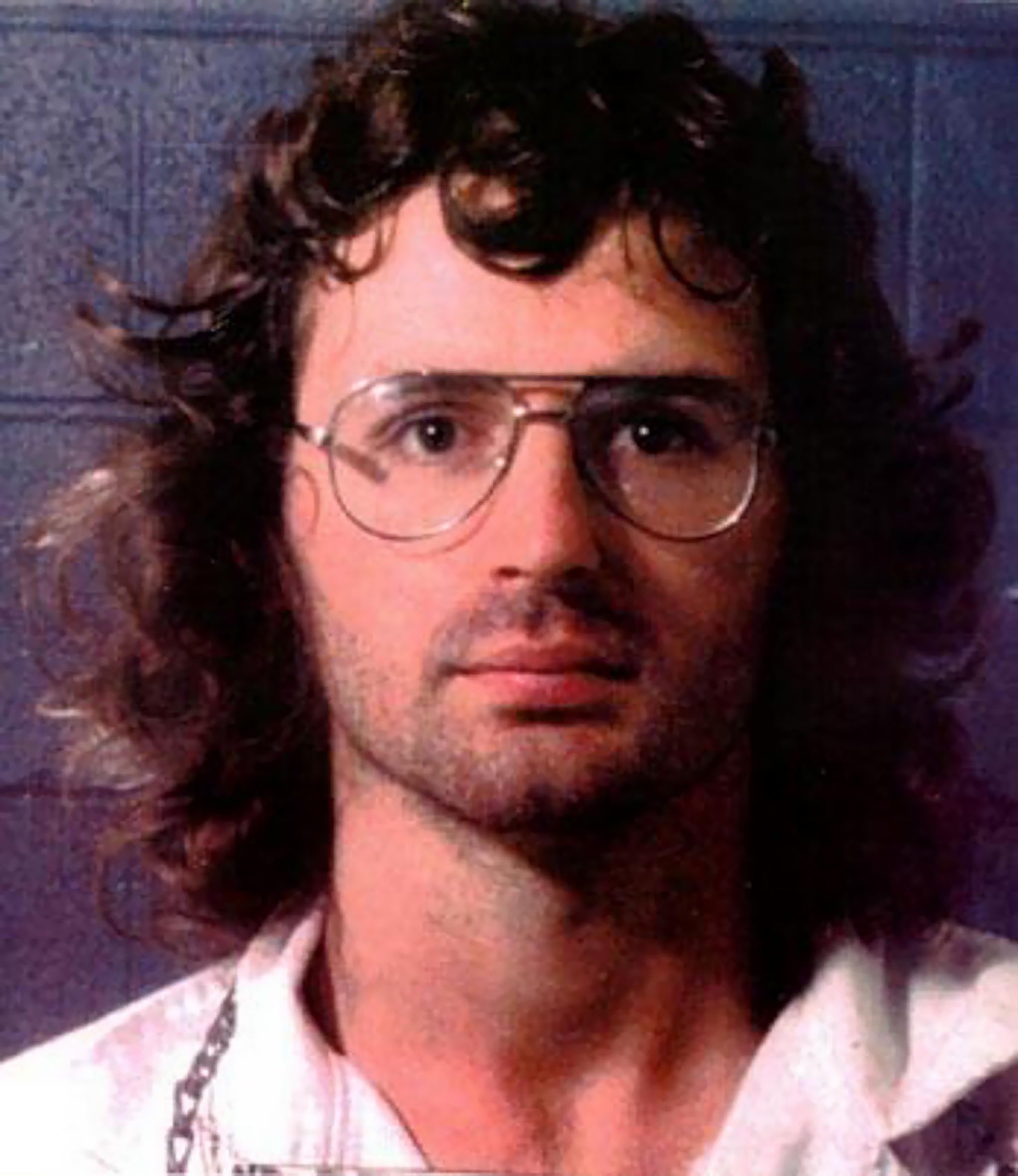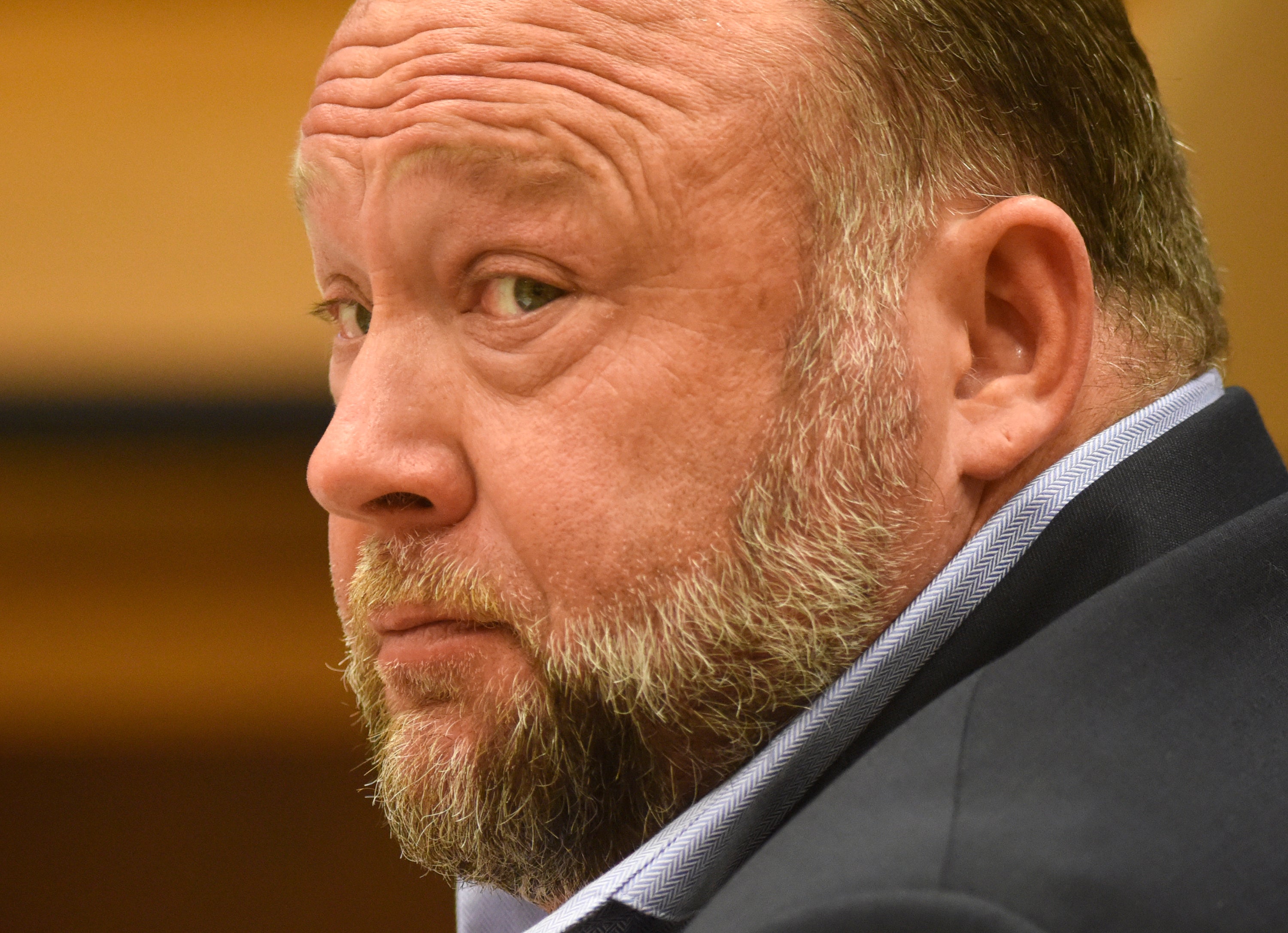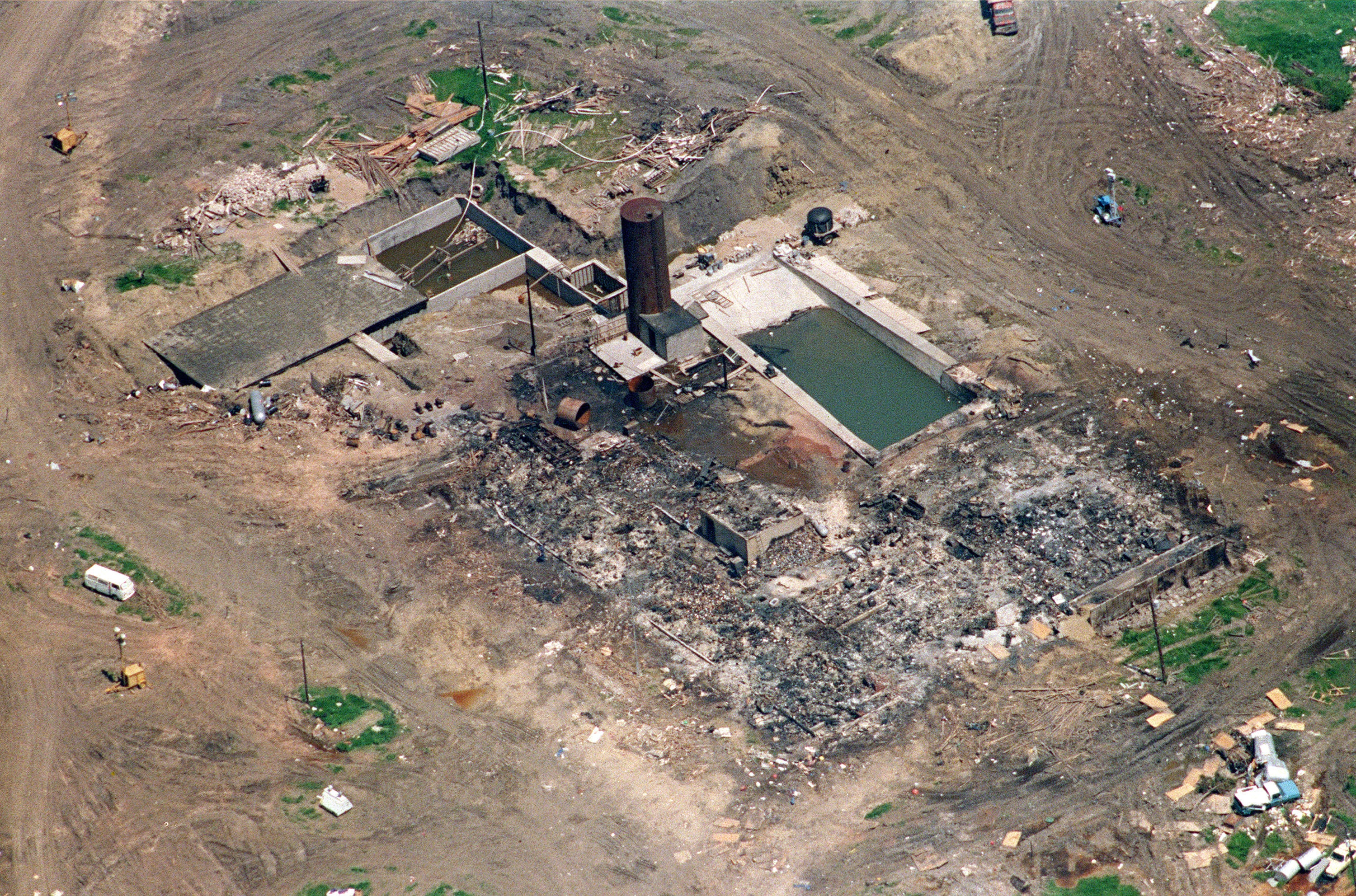
According to his followers, David Koresh, a poor student who struggled with dyslexia, had a way of taking the many fractured, at-times opaque texts of the Old and New Testament of the Bible and knitting them into one coherent, apocalyptic story about the state of things.
The end was near. A final battle was coming. And Koresh’s Branch Davidians religious sect, an offshoot of the Seventh-Day Adventists based in a compound near Waco, Texas, would be right at the centre of it.
“To make heads or tails of the Bible in terms of how I should live my life is an enormous puzzle, and someone who can provide compelling answers to that, as he did, for his followers, that’s something that something people seek their whole lives for,” Kevin Cook, author of the new book Waco Rising: David Koresh, the FBI, and the Birth of America’s Modern Militias, told The Independent.

It was Koresh’s same captivating hold over his followers that would lead them to ruin.
“I was really struck by the sincerity of the religious belief of Koresh’s followers,” Mr Cook added. “I think he was a monster. I think they were terribly misled. He was a paedophile. Their faith led many of the parents to hand their 12 and 14 and 15-year-old daughters to this man.”
That faith, along with a series of catastrophic miscalculations and poor decisions by the government, helped fuel 1993’s deadly, 51-day standoff between the Branch Davidians and federal agents. The siege culminated on 19 April, when negotiations broke down and agents used tear gas and tanks to try and force the group out. A fire engulfed the Mount Carmel compound, killing 76 people, adding to the six Branch Davidians and four federal agents who had already died during an earlier phase of the standoff.
Nine Branch Davidians survived the conflagration. It’s clear, 30 years after the infamous standoff, Waco is still leaving an impact on its survivors, and US culture and politics at large. Waco, like the hidden religious messages Koresh said he could divine, has an uncanny way of helping explain a huge array of different forces in US life.
Oklahoma City bomber Timothy McVeigh watched the siege unfold in person, and later killed 168 people on Waco’s two-year anniversary. The teen gunmen originally chose this same anniversary for the 1999 Columbine high school massacre. Right-wing militias across the country cited Waco as a call to arms in the years after. Alex Jones, the influential right-wing conspiracy figure, got his start raising money to build a new chapel on the site of Mount Carmel, which was bulldozed shortly after the raid was over, honing the outrageous media tactics he would later use claiming 9/11 and Sandy Hook were false flag attacks, while urging his supporters to march on the US Capitol.
As Mr Cook puts it, there’s a “straight line” between the obscure religious sect in Texas and the conspiratorial and violent currents distabilising US public life to this day

Now, at the home of the former Branch Davidian compound, a new pastor preaches apocalyptic, QAnon-inflected sermons blending all this into a soup, while Proud Boys and militia members make pilgrimages to the site.
“Donald Trump is the anointed of God,” Charles Pace, the current pastor at Mount Carmel, recently told The New York Times. “He is the battering ram that God is using to bring down the Deep State of Babylon.”
It’s been a remarkable afterlife from an event involving a group of people who started out wanting to simply be left alone.
The Branch Davidians, founded in 1959, moved to a farm outside Waco in 1962, where they set up a compound to practise their strict and obscure form of Christianity while waiting on the apocalypse and the Second Coming.
They attracted the attention of officials as rumours surfaced that Koresh’s group was illegally converting and selling weapons, and that the Branch Davidian leader was taking young children as his “spiritual wives.”

By 1993, the FBI and Bureau of Alcohol, Tobacco, Firearms, and Explosives were on the case, culminating in the infamous standoff, which eventually involved nearly 900 heavily armed federal agents.
Survivors and students of Waco still debate many of the key points of the siege – would Koresh and his followers have surrendered if given more time, who fired first during an ATF raid that killed four agents, what (or who) caused the fire that ultimately burned down the compound – but there’s no doubt the survivors of the standoff were deeply traumatised in a government operation widely considered among federal law enforcement’s greatest modern failures.
“There is not one day that goes by that I don’t think about the events that happened in 1993,” Heather Jones, the niece of Koresh’s first wife Rachel Jones, recently told The New York Post. “I’ll never have any closure.”
Kevin Jones, who was born and raised at Mount Carmel, and many of whose family members died in the siege, recently told The US Sun he sometimes wished he hadn’t survived.
"It almost seemed easier that if we could go back in time and not leave, and we could just die there with everyone else, so we wouldn’t have to deal with any of the nonsense we have to deal with today, then we would," he said. "My sister struggled with the same thing [...] Life can be too hard and painful to deal with sometimes."
Waco may be a painful memory for those closest to what happened, but it’s also become mass entertainment, the subject of numerous books, films, a prestige TV dramatisation in 2018’s Waco, and a forthcoming new sequel Waco: The Aftermath on Showtime, as well as February’s Netflix documentary Waco: American Apocalypse.
Beyond popular audiences, the memory of Waco is particularly vivid for the American right-wing, according to University of Hartford historian Professor Robert Churchill, author of To Shake Their Guns in the Tyrant’s Face: Libertarian Political Violence and the Origins of the Militia Movement. The siege became a touchstone of the right in the 1990s and 2000s.
“The libertarian constitutionalists looked at Waco as what happens when a left-leaning government begins to target right-wing constituencies and also begins to loosen up on the reins of law enforcement,” he said.
Meanwhile, more apocalyptic thinkers saw Waco, and the masses of highly armed federal agents who assembled there, as a sign of the sort of epic battles during the end times promised in the Book of Revelation.
“The millenarians looked at it as the future for all of us,” Professor Churchill added.
Though today’s right-wingers don’t always explicitly mention Waco, the driving themes behind the standoff and what followed – easy access to guns, a heavy distrust of government, conspiratorial and apocalyptic thinking – are alive and well.
In March, Donald Trump kicked off his presidential campaign in Waco, promising a World War III, a “final battle” against “demonic forces” taking over the United States, to a crowd in which many were in the thrall of the QAnon conspiracy. His rally began with a song recorded by jailed defendants who participated in the January 6 attack on the US Capitol.

The actual survivors of the Waco siege, as Waco Rising reports, have mixed feelings about how their experience has been turned into a national rallying cry. Though they shared a passion for guns and a distrust of the government with some of their eventual right-wing devotees, the Branch Davidians were racially and politically diverse.
Such distinctions, though, have been smudged over time as Waco was reborn from a place into an unhealed national trauma.
The right-wing groups that once plotted in the shadows with Waco as their fuel are now out in the open, and it’s harder to tell what’s a fringe position and what’s a mainstream political party plank.
“There’s always been a far-right. Prior to the 1990s, it was walled off from the public sphere,” Professor Churchill said. “The revolution in communications technology kind of dismantled that wall, and as a consequence it’s been sort of mingling with and talking with and to some extent taking over the mainstream right ever since.”
With that national microphone, such ideas have been spread far and wide.
At the Trump rally in Waco, audience member Daryl Gully told The Independent the Trump movement is primed for another January 6, but fears a crackdown from law enforcement.
“The MAGA movement has his back,” Mr Gully said, while wearing a t-shirt that read “There are but two parties now: traitors and patriots,” along with a picture of a pile of skulls. “They would protest. Some people are just a bit scared to protest or do something like that because of the January 6 patriots.”
As Waco and its long afterlife shows, however, simmering resentments can only be contained for so long before they explode into something new.







